Why is edge support important in a mattress? Three bed experts reveal all
It's a feature rarely considered by mattress shoppers, but good edge support can make a big difference to your sleep experience
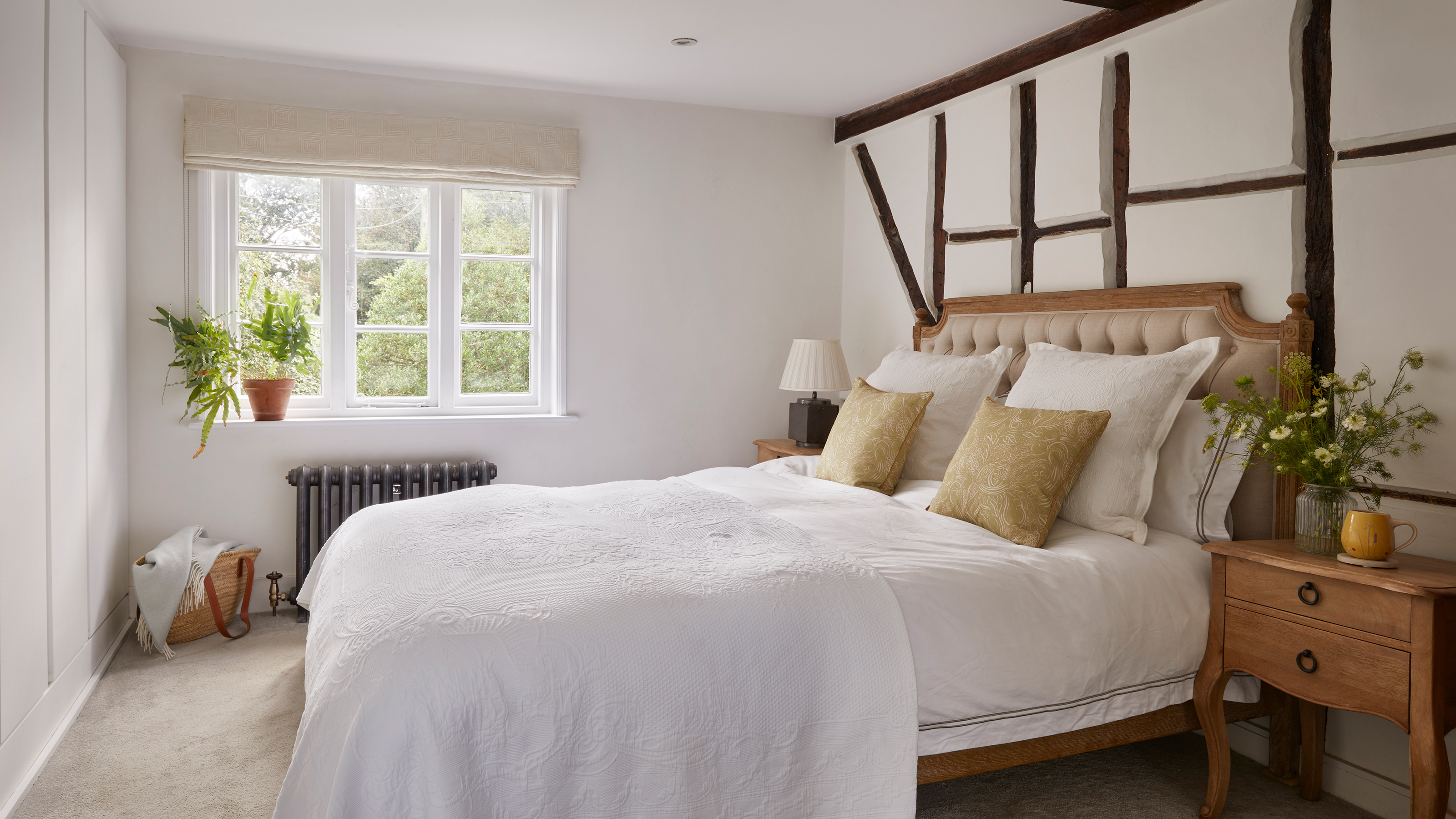

There were three in a bed and the little one said 'roll over', 'roll over'. So they all rolled over and one fell out – most likely because their mattress didn't have very good edge support. Nursery rhymes aside, whether you're sharing your bed or have it to yourself, edge support can have a significant impact on the quality of your sleep. So if you don't know what it is, it's worth reading up on.
Choosing the best mattress for you sleep needs usually begins by deciding on the material and firmness of mattress that you prefer. Meanwhile, edge support often goes overlooked. Yet bad edge support can significantly affect the overall comfort and functionality of your bed – not to mention, lead to you replacing your mattress more often.
With the help of some bedding experts, we've explored why edge support matters and what types of mattresses offer the best experience. Invest in the best, and the next time your kids or pet join you for a cuddle, there'll be no need for a pile of 'safety' pillows by your bedside.
What is edge support in a mattress?
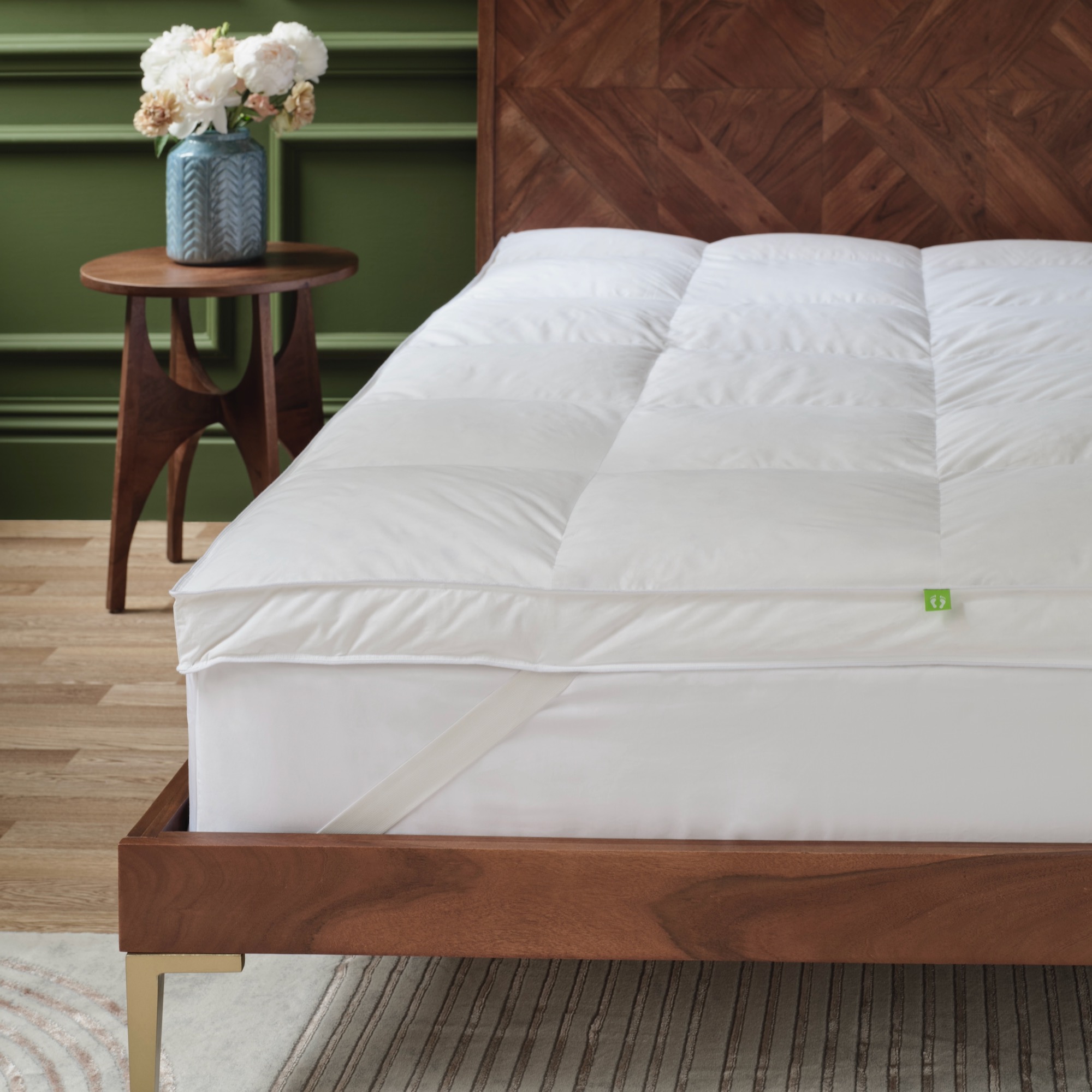
You may be able to hazard a guess as to what edge support is (and no, it's not a helpline set up by U2's lead guitarist). But let us break it down for you. 'Simply put, mattress edge support refers to the sturdiness of the perimeter of your mattress. If it's good, you won’t sink down if you were to sit on the edge,' says Chelsea Brown, sales advisor at Opera Beds.
'Mattresses with better edge support typically feel firmer, with more support on the mattress edges and corners, too,' says Pam Johnson, head of buying at Bensons For
Beds. Good edge support will offer support right to the edge of the mattress, alleviating that feeling that you will slide out or roll off the side of the bed. It will also help your mattress retain its shape much better throughout its lifecycle, preventing dipping and sagging around the perimeter.'
'Edge support refers to the structural integrity of the edge of the mattress,' adds Fabio Perrotta, director of buying at Dreams . 'It dictates how close to the edge of the bed you can sleep without feeling unsupported.'
What benefits does mattress edge support offer?
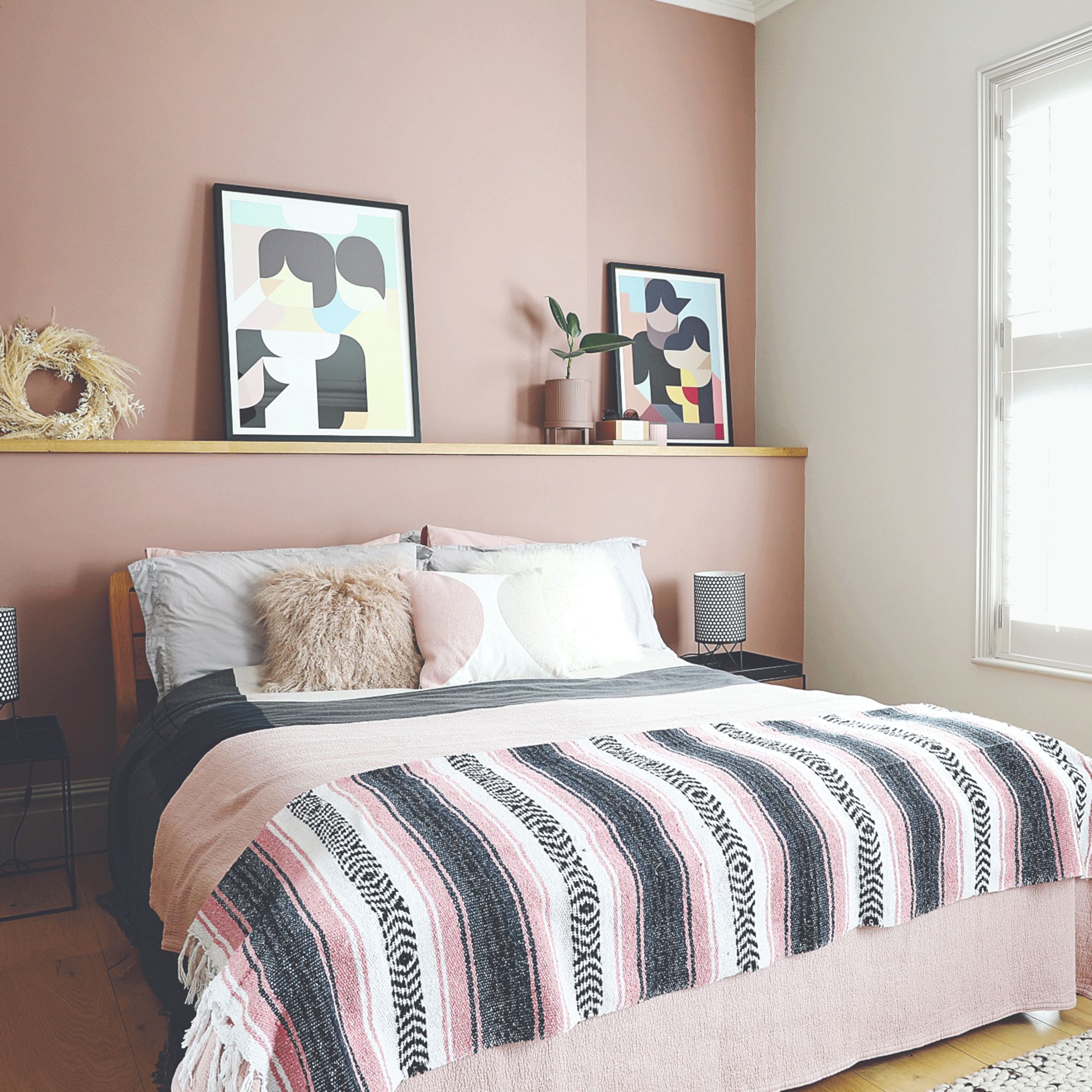
'Edge support is really important and should definitely be considered when buying a mattress,' says Pam Johnson. But why? These are the main advantages:
Sign up to our newsletter for style inspiration, real homes, project and garden advice and shopping know-how
1. It maximises your sleep space
'If the mattress has good edge support, it means you can take advantage of the whole surface area,' says Fabio. 'You are not limited to sleeping in the middle of the bed as the edges maintain their strength and integrity.'
This can be especially important if you share a bed, and/or you are limited in the size of bed you can fit onto your room. If there's only space for a king as opposed to a super king-size frame, or you're used to a king and your rental comes furnished with a double, good edge support can potentially 'buy' you an inch or two of extra sleep space.
2. It can help with joint pain
'One of the key benefits of edge support is that because it increases stability and support for sleepers, it reduces the risk of joint pain. It can also prevent the mattress from sagging, which again can lead to joint pain – especially for those who sleep on their side or stomach,' says Chelsea at Opera Beds.
3. It provides comfort when sitting on your bed
Many people sit on the edge of their bed while getting dressed, putting on socks and shoes, or simply resting. A mattress with poor edge support can sag under this weight, making it uncomfortable and potentially causing damage over time.
It's therefore worth considering a mattress with better edge support, particularly if it's a guest room day bed that will double as a sofa.

4. It can prolong the life of your mattress
Consistent sagging around the edges can lead to premature wear and tear, and compromise the structural integrity of your mattress. 'Added edge support will help your mattress retain better shape and condition throughout its lifecycle, which means it can serve you better for longer,' confirms Pam.
Who will benefit from good edge support?
It's hard to think of anyone that won't benefit from a mattress with good edge support. That said, some groups of people will see particular advantages.
1. Those with limited mobility
Physically getting out of bed can be a struggle for many, but good edge support can make a big difference. 'Individuals with limited or compromised mobility may value edge support because it ensures a strong, secure sitting area, reducing the risk of instability or falling,' Fabio points out. 'They might find it beneficial to be able to sit on the edge of the bed, perhaps even using it to aid in standing up.'
2. Anyone sharing a bed
If you share a bed with a partner – especially a fidgety one – a mattress with good motion isolation will be key. But edge support can also help. Having that extra space to roll over (or away from) your other half can make it less likely you'll be disturbed in the night, and the firmness a supported edge gives means you're less likely to feel discomfort and disturb them, too.
And if you have children that want to pile in with you during the middle of the night, edge support ensures you can squeeze in a little one and all be able to roll over without one falling out.
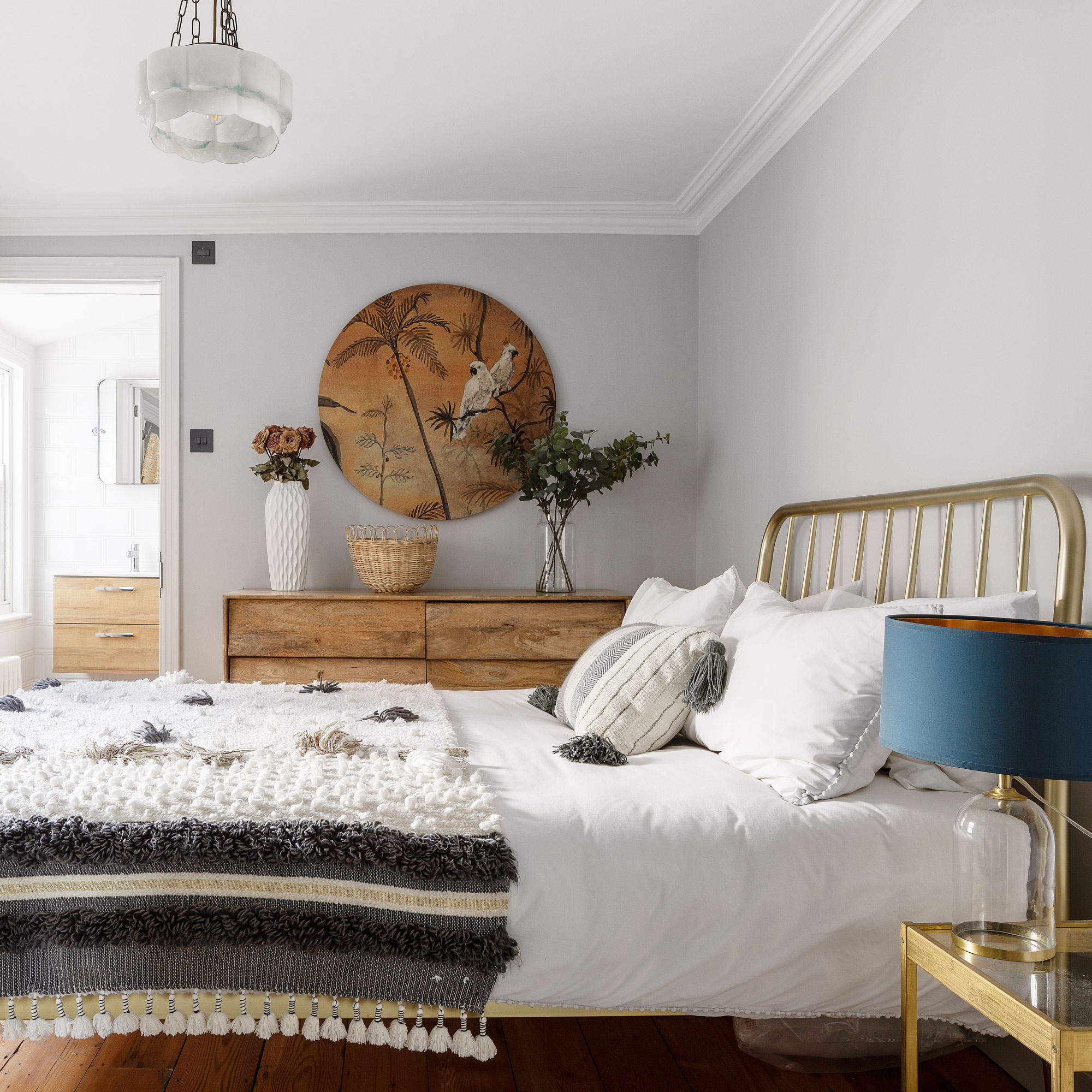
What type of mattress is best for edge support?
According to Pam, good edge support can be created in a number of ways:
- 'By incorporating a firmer and stronger gauge wire on the outer rows of springs,' she explains.
- 'By building in special edge supports, which strengthen the edge of the mattress.'
- 'True hand side stitching through the layers of fillings and springs on the side of the mattresses creates a firmer edge.'
- 'The presence of a foam encapsulated mattress border, particularly if firmer foam is used, will increase edge support,' she adds.
But is there a particular mattress material we can look to, such as pocket spring or memory foam? 'Innerspring mattresses are usually one of the best choices for edge support and can be found in a range of firmness options, whilst memory foam mattresses can have lower edge support and become prone to sagging,' says Chelsea. 'However more high-density foam mattresses will have more edge support.'
'Hybrid mattresses, as you can imagine, are the best of both worlds, with a supportive foam topper and innerspring core,' she adds.
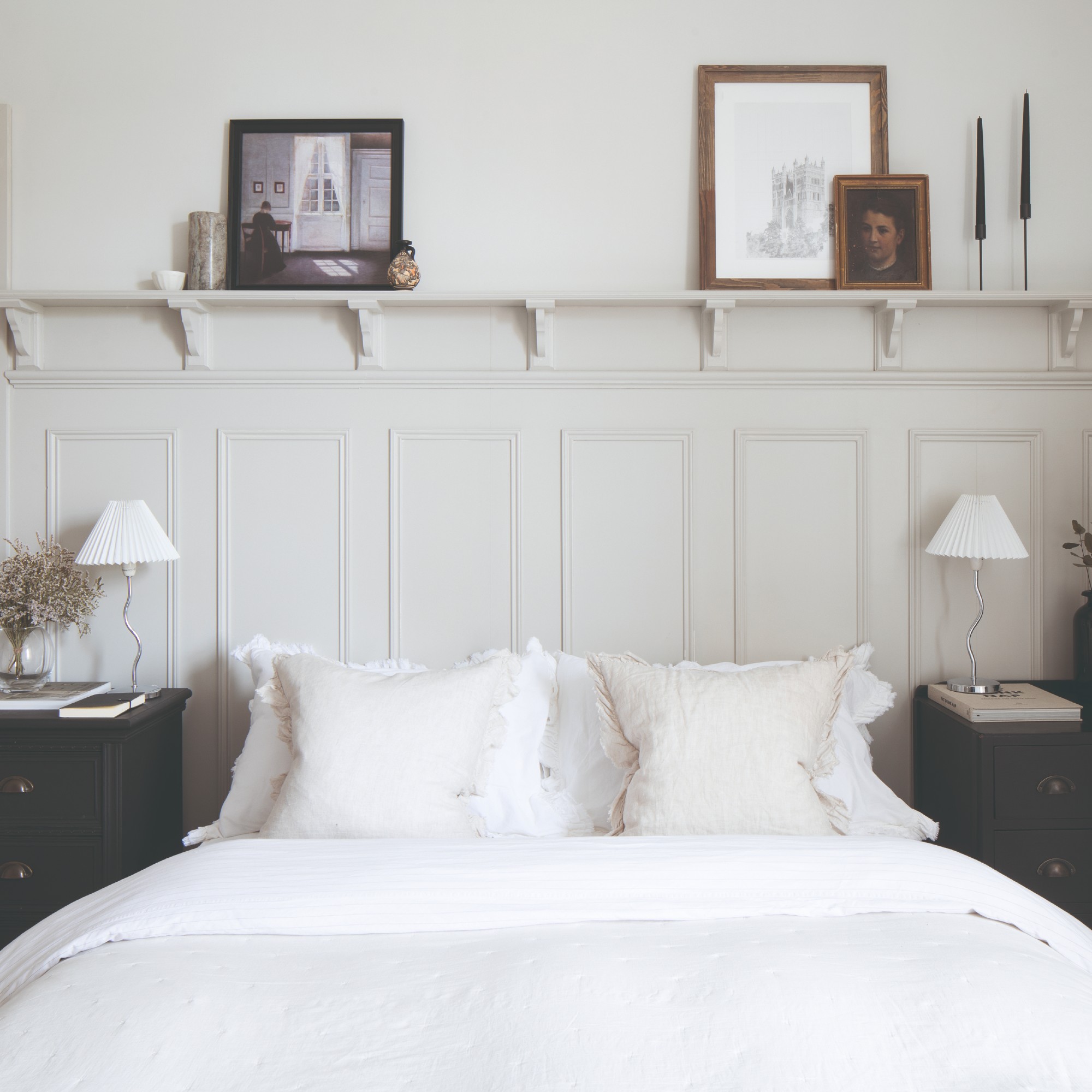
'Micro coils and hybrid mattresses are my picks for good edge support,' says Fabio at Dreams. 'Micro and nano coils by themselves offer good edge support and can unlock further benefits when combined with other materials, introducing hybrid mattresses, such as the TheraPur ActiGel® Glacier 1600 Combination Mattress (shown, currently discounted to £699 for a king, Dreams). They will maintain their strong structural integrity unless combined with thick layers of a foam-like materials.'
'High-density polyfoam can offer much firmer support, and when combined in thin layers with micro coils can provide exceptional edge support. Low-density memory foam and polyfoam, on the other hand, tend to offer poorer edge support as they are formulated to contour and compress under the weight of the body,' Fabio explains. 'The firmer the mattress, the better the strength – however in general, these materials would not be the best in order to achieve structural integrity around the mattress perimeter.'
How do you test a mattress for edge support?
Our experts agree that the best way to test the edge support of a mattress is to sit on it – and not just on the edge itself. 'When you start the all-important hunt for a new mattress, and you want to test the edge support on a mattress, I’d recommend first sitting in the centre of the bed, then moving to the edge of the bed,' says Chelsea. 'It should feel stable in both positions.'
Fabio Perrotta at Dreams suggests three good tests for good edge support that you can try in store when you're shopping for a mattress:
- The on and off test: 'Repeatedly getting on and off the bed gives you a taste of real-life experience before purchasing, mimicking what it would feel like everyday and to test how stable and supportive the mattress feels,' he says.
- The sitting test: 'Very simply sitting on the edge of the bed allows you to feel how much the mattress compresses underneath you and demonstrates how much support it provides should you need it,' says Fabio, while Pam suggests doing so for at least two minutes.
- The edge laying test: 'Again, simply lying at the edge of the bed is a sure way of assessing whether you feel stable and supported, or whether you feel as if you are going to roll out,' says Fabio.
Can you add or improve edge support in a mattress?
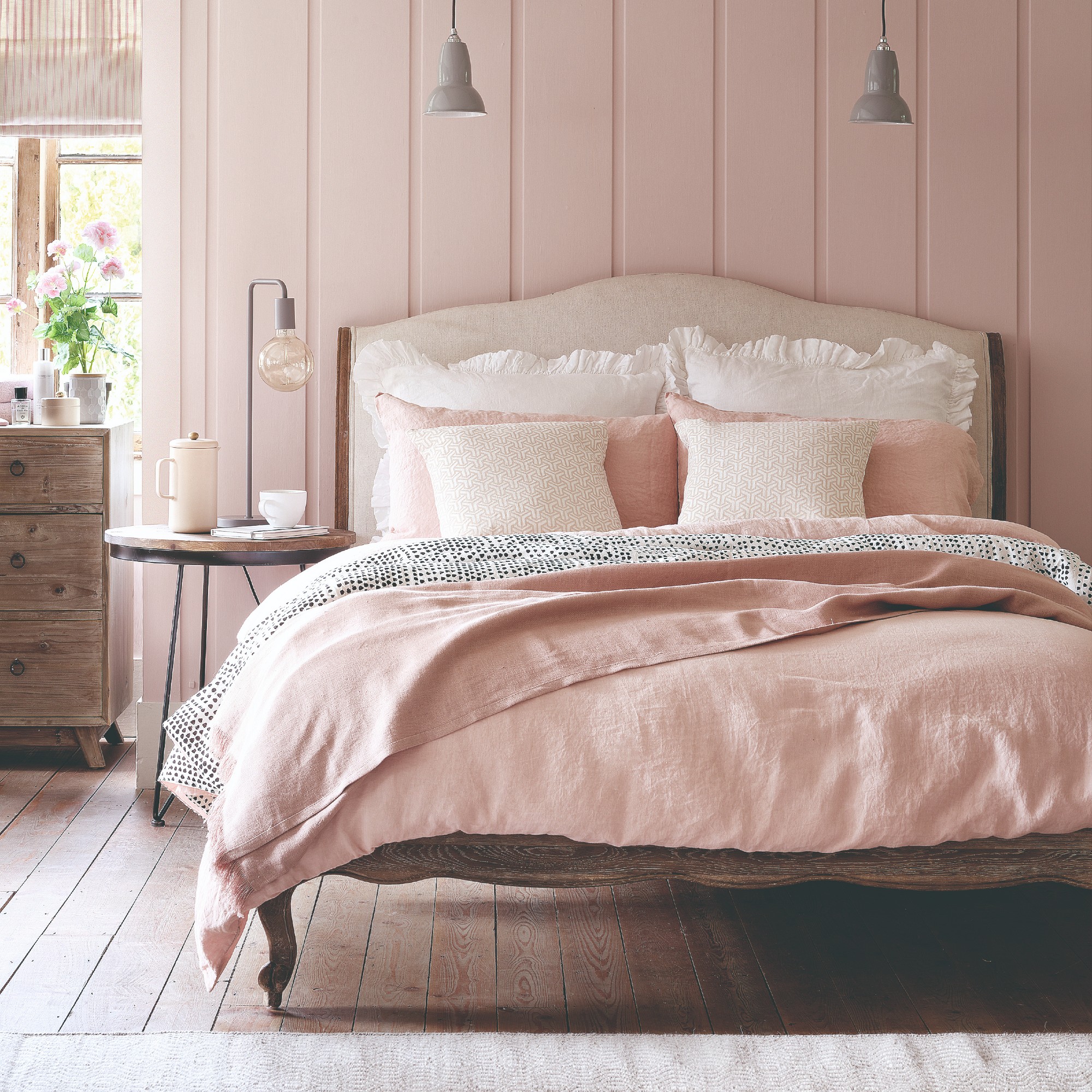
When addressing how to improve the edge support of your existing mattress, it's important to note that not all mattresses are designed with built-in edge support in the first place, so it's worth checking its there.
If your mattress does have edge support but you believe it's deteriorating, Fabio suggests rotating your mattress. 'Mattresses are subject to daily wear and tear, so if you feel that the structural integrity of your mattress has deteriorated, rotate it to experience a fresh perimeter,' he says.
'And to prevent your mattress from sagging at the edges, make sure you have a solid bed frame/ base to ensure that it is supported across the whole surface area.'
Pam at Bensons For Beds is less optimistic that you'll be able to boost the edge support of an existing mattress. 'Adding a firm mattress topper may help a little but this can also change the overall feel of your mattress, which may not be ideal,' says Pam. 'In truth, there is little you can do to change the existing edge support of a mattress, so my advice would be that if the edge support is not suitable for your needs, the only real way to improve it is buying a new mattress.'
So when you're shopping for your new mattress make sure good edge-support is high on your 'needs' list.

Amy Cutmore is an experienced interiors editor and writer, who has worked on titles including Ideal Home, Homes & Gardens, LivingEtc, Real Homes, GardeningEtc, Top Ten Reviews and Country Life. And she's a winner of the PPA's Digital Content Leader of the Year. A homes journalist for two decades, she has a strong background in technology and appliances, and has a small portfolio of rental properties, so can offer advice to renters and rentees, alike.